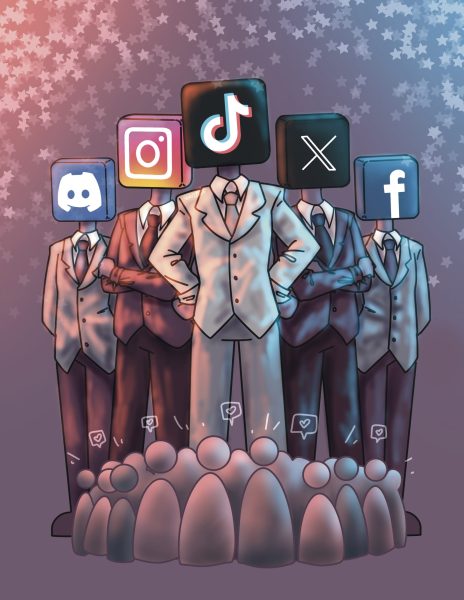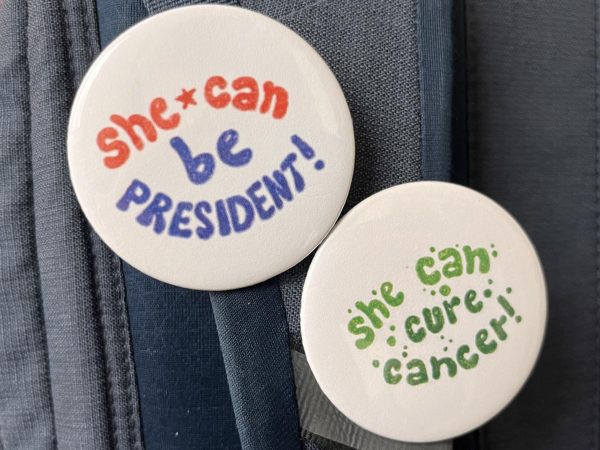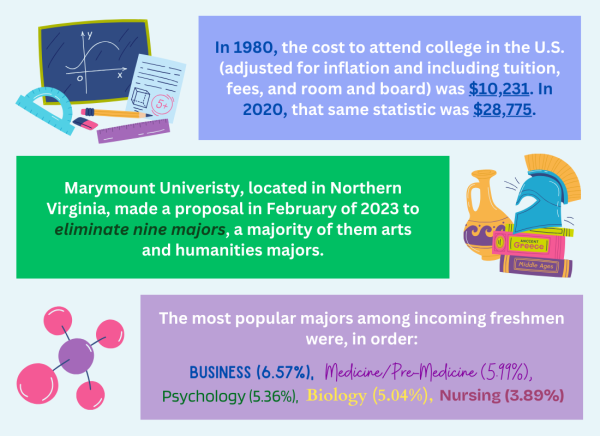Not malleable objects: Society’s standards of body expectations are changing again
When society places unrealistic and unhealthy expectations for how women’s bodies “should” look, it dismisses the adverse physical and mental harm that accompanies the objectification of women.
February 10, 2023
The 2020s saw the recycling of many trends from the ‘90s and early 2000s such as low-rise jeans, Polaroid cameras and platform sandals. Meanwhile, another trend that is much more harmful in nature seems to be making a comeback: the skinny, ‘heroin chic’ body type for women.
Reinforced by online conversations, magazine covers and runway models, the ‘90s ‘desirable’ body type for women was a skeletal, emaciated body—like that of a drug addict. Stick-thin limbs, pale skin, dark eye-circles, androgynous features and stringy hair were favored features by society. This trend encouraged eating disorders, extreme dieting culture and unhealthy workout regimens, all of which are extremely detrimental to women’s mental health.
It took the influence of ‘America’s Royal Family‘ to kill this trend.
The Kardashians, also known as the Kardashian-Jenners, are an American family that has long influenced all facets of society: entertainment, fashion, social media, cosmetics, business and design to list a few. The family popularized curvy, yet toned bodies that starkly contrasted the trends of the ‘90s and early 2000s.
Thin was out and curves were in.
However, as the Kardashian-Jenner sisters reverse their BBLs—the most popular cosmetic surgery practice—and extreme diet cultures take over social media, it is clear that society is regressing back to its prior, harmful trends. The media reverberates these messages, suggesting that thin is back in. “Bye-bye booty: Heroin chic is back” one New York Post headline reads. “Could thin be in again?” asks The Cut.
Junior Brie Howell feels that the continuously changing societal expectations destroy how women perceive their bodies. “Society makes women feel that their body isn’t good enough as it is. The constant changing industry pushes new body shapes, styles and looks onto girls of all ages,” she said. “Our bodies aren’t a trend and cannot change in the snap of a finger to fit society’s expectations.”
Our bodies aren’t a trend and cannot change in the snap of a finger to fit society’s expectations.
— Junior Brie Howell
As harmful body trends are recycled and women are constantly viewed as malleable objects, the adverse mental and physical health impacts are undeniable. Women of the 18th and 19th centuries deformed their skeletal structures with corsets to achieve unnatural waist sizes. Women in the ‘90s starved themselves to achieve the ‘heroin chic’ look.
Now, in a society that claims to be moving forward, toxic fashion trends have reemerged in full force.
Nadia Craddock, a body image researcher, believes that these expectations reinforce body insecurities that are detrimental to mental health. “We know from the scientific research that psychological factors like low mood, low self-esteem, and perfectionism are all associated with poor body image so messaging like this may be more harmful to people experiencing any of these issues,” Craddock said.
Senior Sarah Chen is disturbed by society’s unyielding criticisms over how women’s bodies should look, recognizing the negative impacts this has on women. “It seems like nearly every facet of the media focuses on thin, toned body types. When this is the ‘standard,’ it harms women whose bodies don’t match the trend,” she said. “Inaccessible and unrealistic body standards make women more susceptible to having eating disorders.”
Even the Kardashians’ “BBL era,” often praised for diversifying the fashion industry and changing societal ideals about body types, was life-threatening for women.
Despite its seeming benefits and immense popularity, a BBL is the most dangerous cosmetic surgery practice in the world, with one in 3000 women dying from the surgery every year. Additional complications include blood clots, cardiac complications and fat embolism. Despite these risks, women place themselves on the operating table in order to achieve unnatural curves and perceived body perfection.
While it is not unnatural for people to want to have bodies that conform to societal beauty standards, the expectation for bodies to change on a whim is an impossible task. Living in a society that treats bodily expectations like fashion trends is difficult for anybody who does not fit into the current standard.
Though unrealistic ideals and expectations of how women’s bodies should look trace centuries back, it cannot continue to be a trend. Society will only continue to objectify women and demolish their mental and physical health.
Howell knows that it will take time to reverse society’s toxic expectations, but it is of utmost importance that trends like “heroin chic” don’t make a comeback. “Everyone needs to be educated about the effects of unrealistic body expectations, including older generations,” she concluded. “Instead, we need to normalize being comfortable in your body.”
While the comeback of past decade’s aesthetics shows the natural cycle of trends, women’s bodies are not objects that can be recycled and changed with the snap of a finger to fit the current beauty standard.
This story was originally published on Spartan Shield on February 5, 2023.


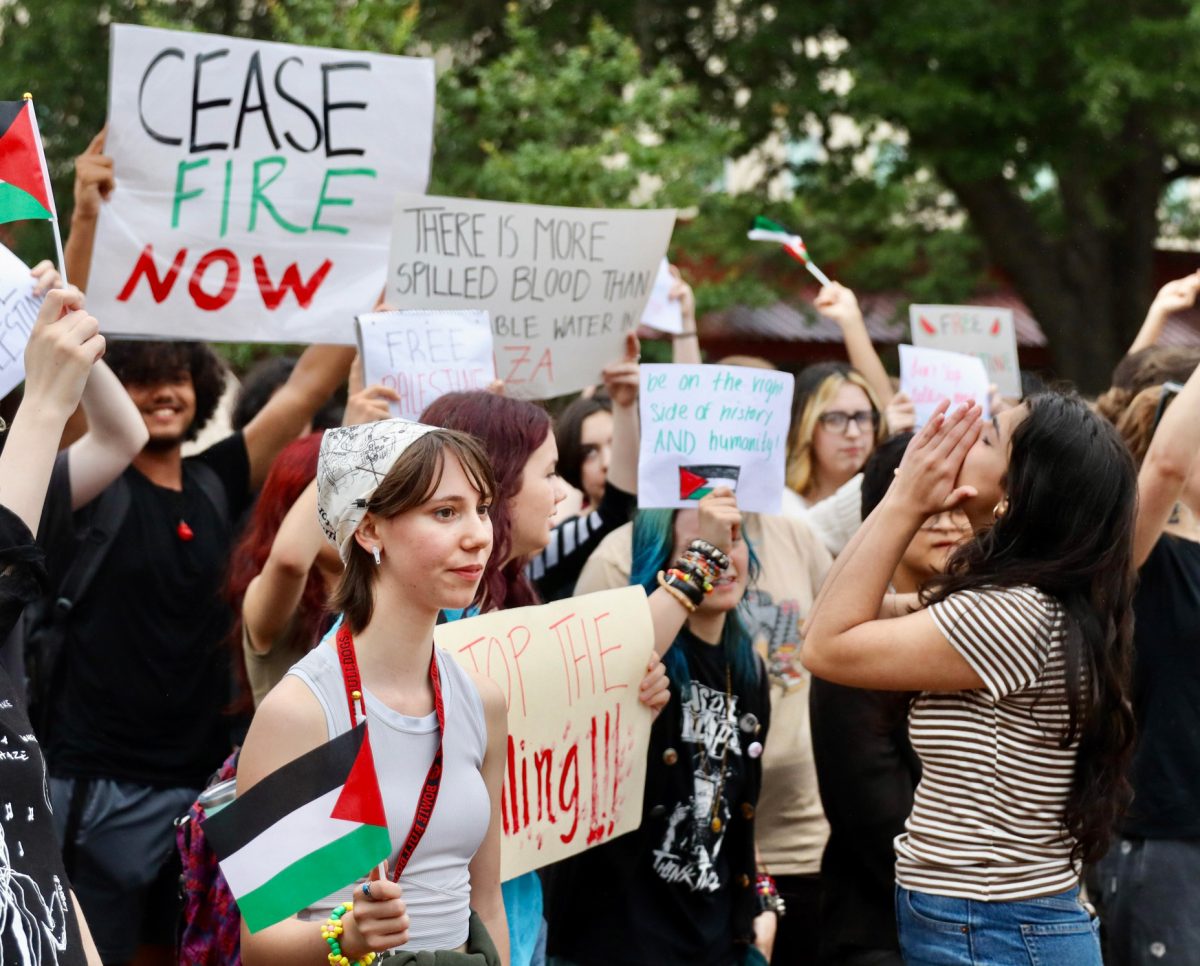




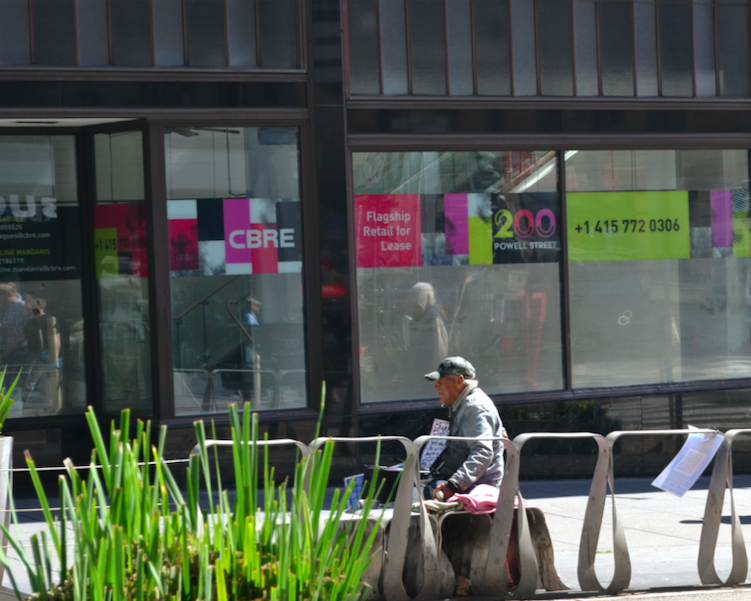


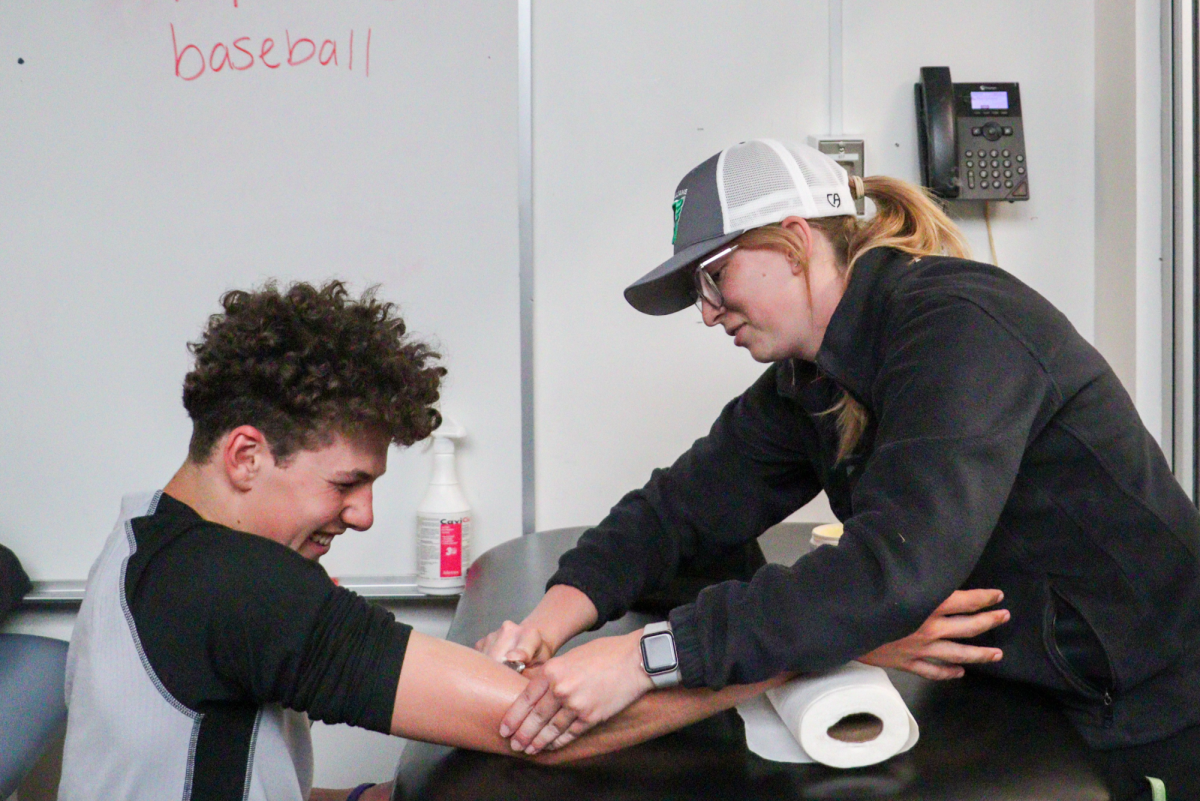




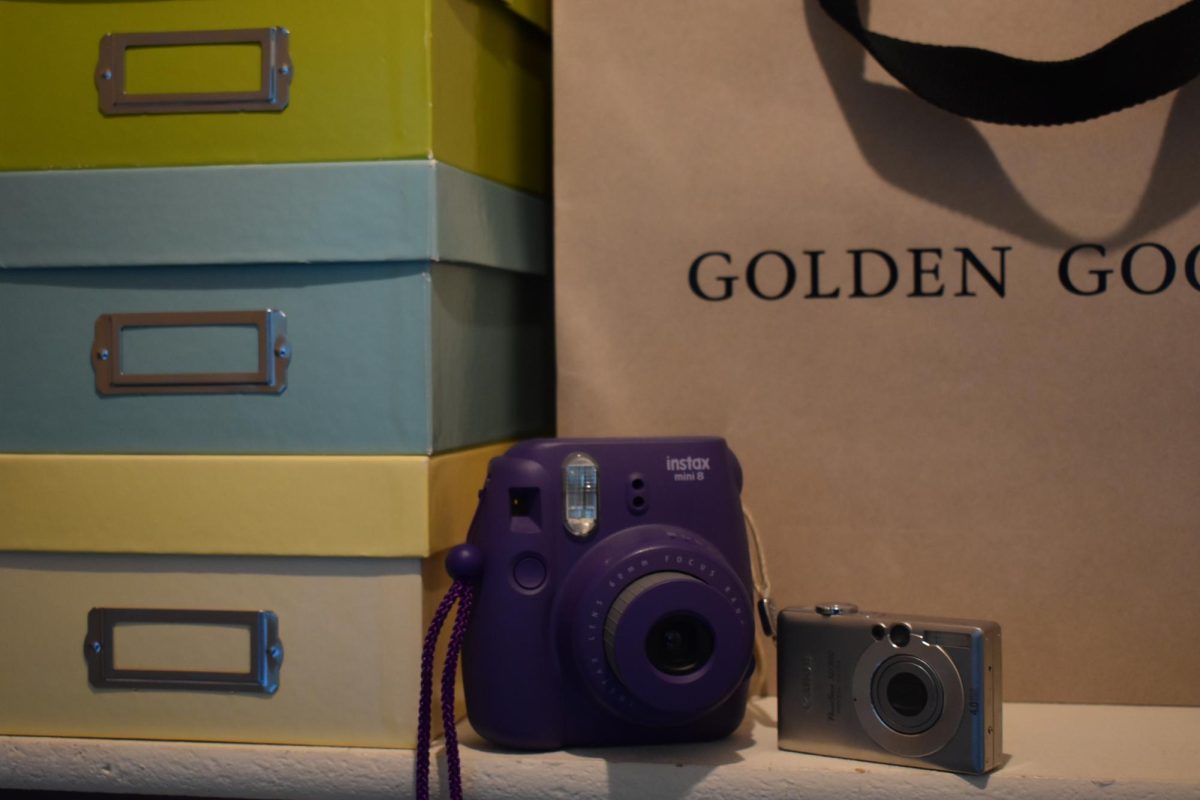





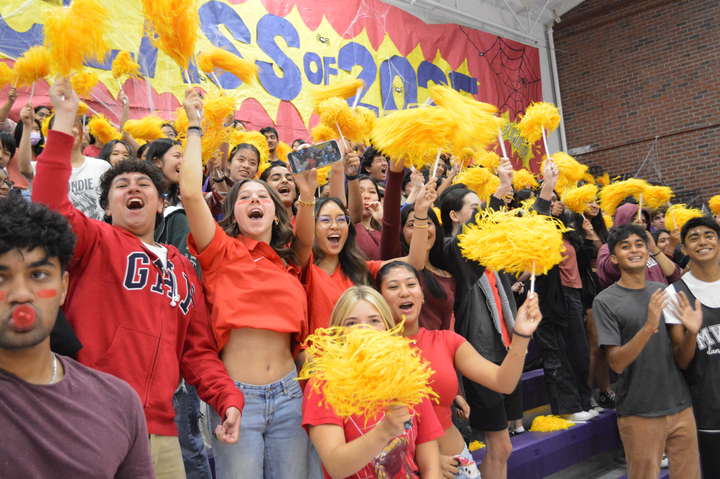










![IN THE SPOTLIGHT: Junior Zalie Mann performs “I Love to Cry at Weddings,” an ensemble piece from the fall musical Sweet Charity, to prospective students during the Fine Arts Showcase on Wednesday, Nov. 8. The showcase is a compilation of performances and demonstrations from each fine arts strand offered at McCallum. This show is put on so that prospective students can see if they are interested in joining an academy or major.
Sweet Charity originally ran the weekends of Sept. 28 and Oct. 8, but made a comeback for the Fine Arts Showcase.
“[Being at the front in the spotlight] is my favorite part of the whole dance, so I was super happy to be on stage performing and smiling at the audience,” Mann said.
Mann performed in both the musical theatre performance and dance excerpt “Ethereal,” a contemporary piece choreographed by the new dance director Terrance Carson, in the showcase. With also being a dance ambassador, Mann got to talk about what MAC dance is, her experience and answer any questions the aspiring arts majors and their parents may have.
Caption by Maya Tackett.](https://bestofsno.com/wp-content/uploads/2024/02/53321803427_47cd17fe70_o-1-1200x800.jpg)
![SPREADING THE JOY: Sophomore Chim Becker poses with sophomores Cozbi Sims and Lou Davidson while manning a table at the Hispanic Heritage treat day during lunch of Sept 28. Becker is a part of the students of color alliance, who put together the activity to raise money for their club.
“It [the stand] was really fun because McCallum has a lot of latino kids,” Becker said. “And I think it was nice that I could share the stuff that I usually just have at home with people who have never tried it before.”
Becker recognizes the importance of celebrating Hispanic heritage at Mac.
“I think its important to celebrate,” Becker said. “Because our culture is awesome and super cool, and everybody should be able to learn about other cultures of the world.”
Caption by JoJo Barnard.](https://bestofsno.com/wp-content/uploads/2024/01/53221601352_4127a81c41_o-1200x675.jpg)



